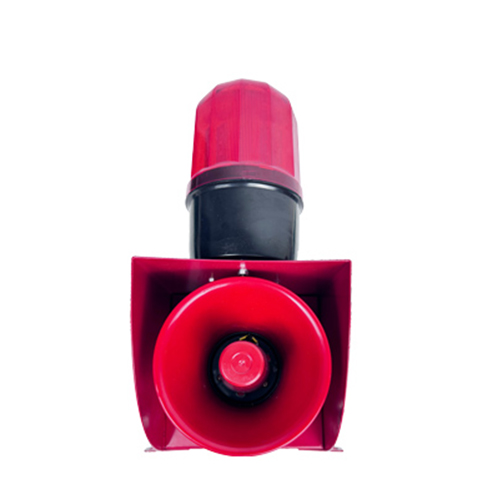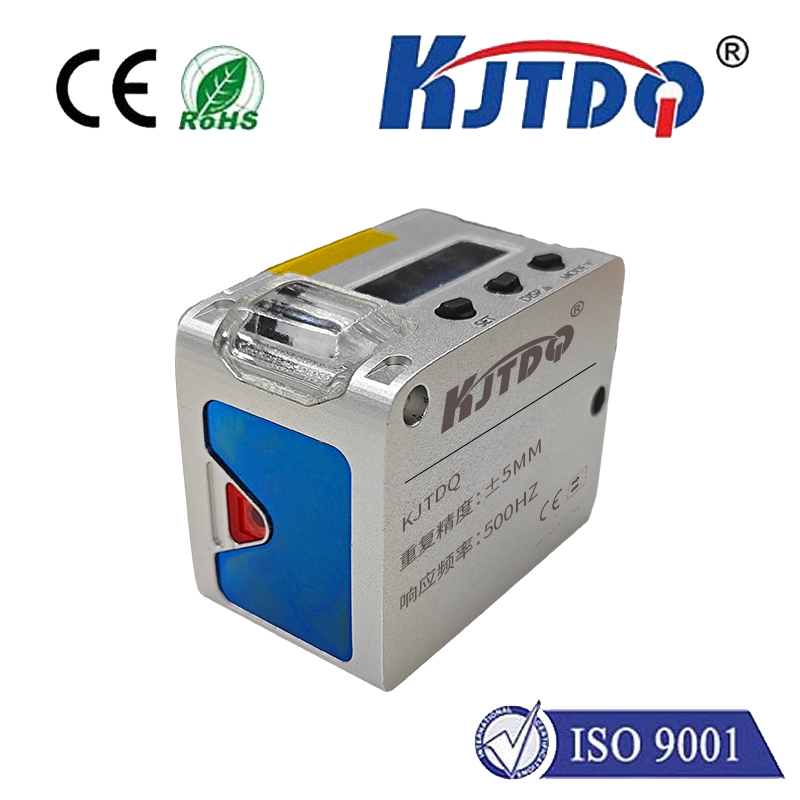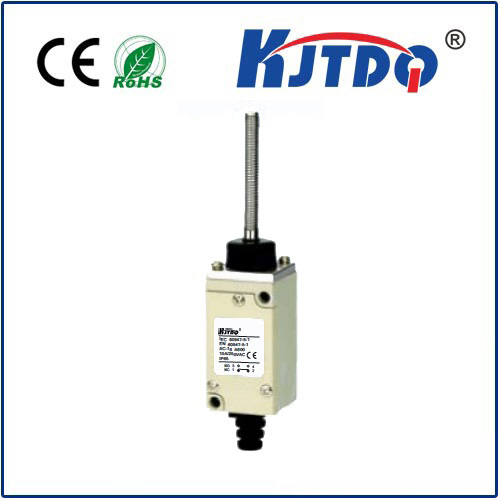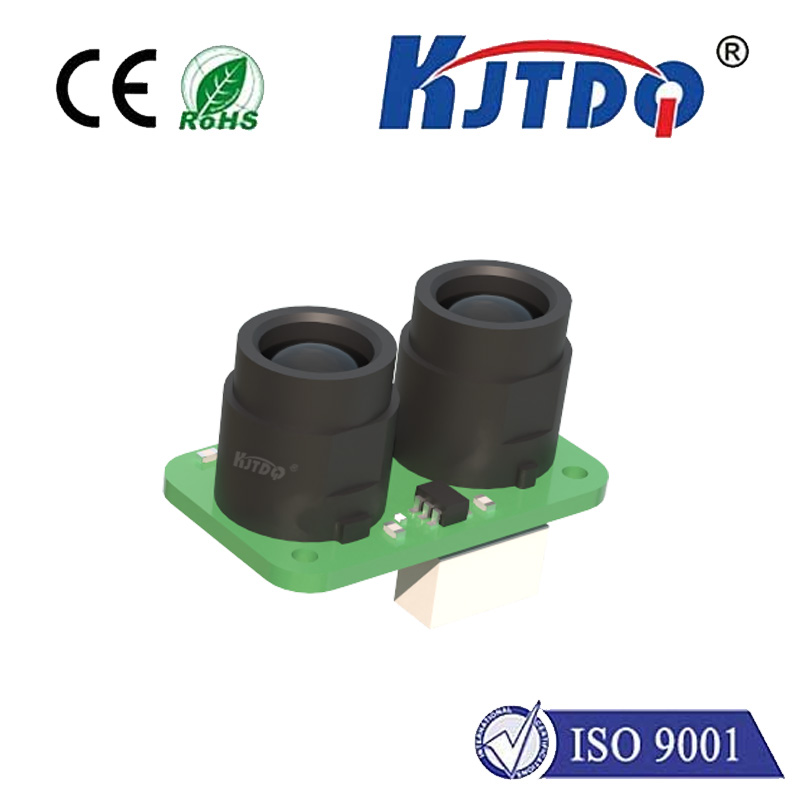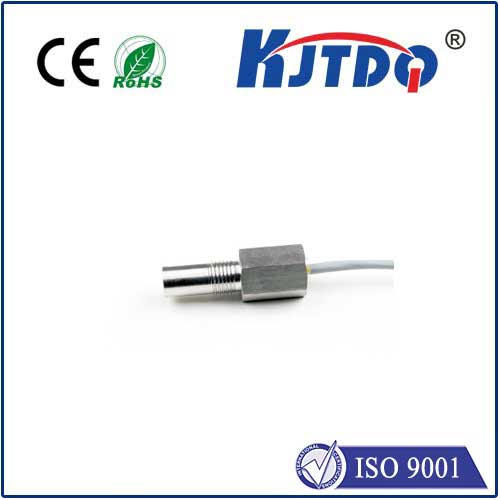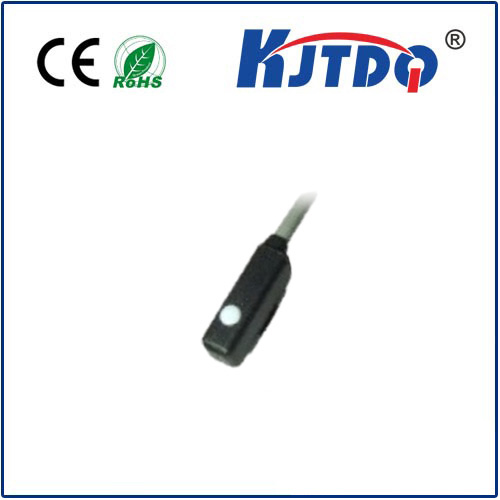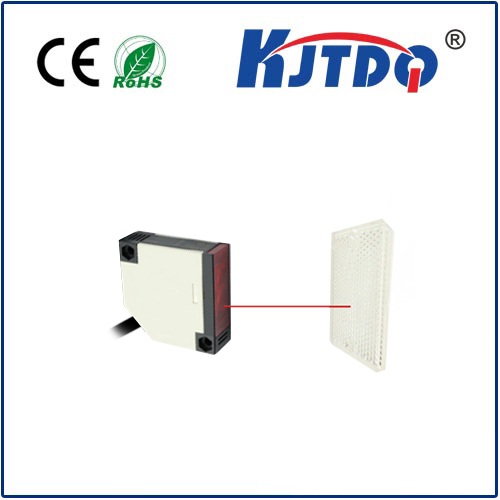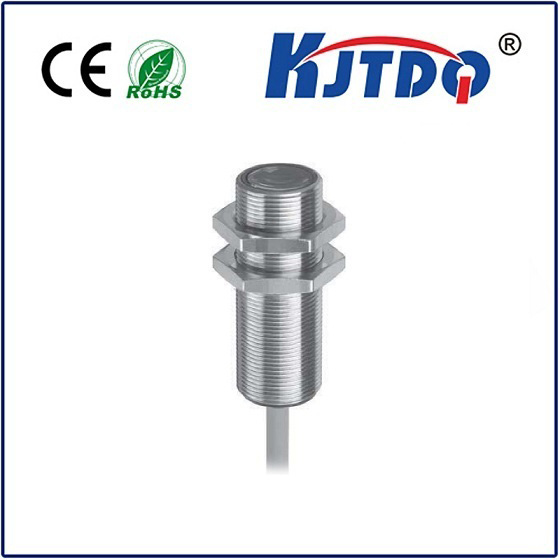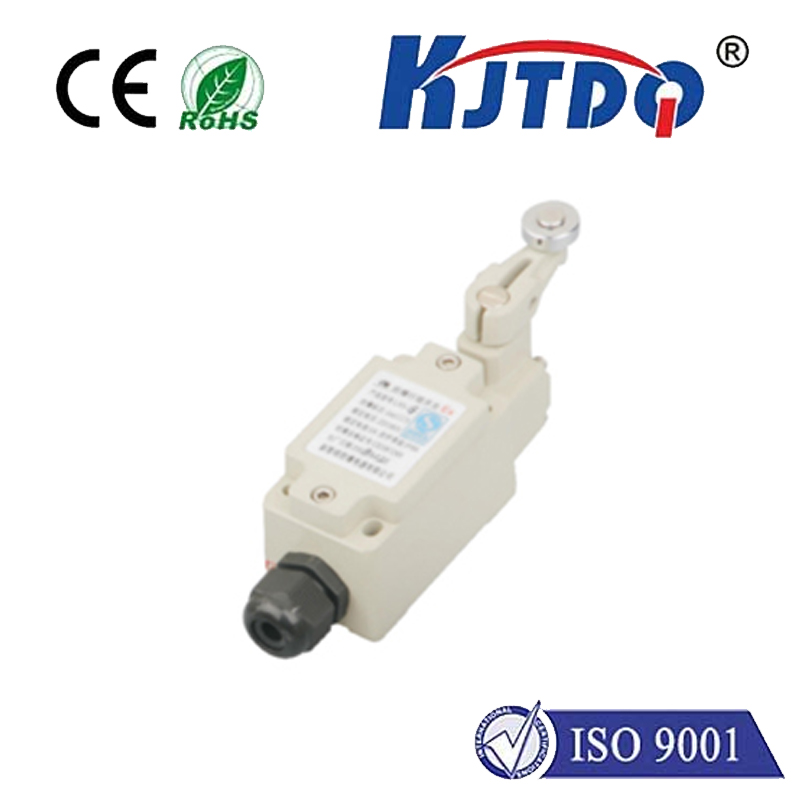

check

check

check

check

check

check

check

check

check

check
Safety Photo Sensor: Ensuring a Safer and More Efficient Workspace
The importance of workplace safety cannot be overstated, as it plays a crucial role in ensuring the well-being of employees and maintaining productivity. One innovative technology that has revolutionized workplace safety is the safety photo sensor. In this article, we will explore the benefits of safety photo sensors and how they can contribute to a safer and more efficient workspace.
What is a Safety Photo Sensor?
A safety photo sensor is a device that uses light beams to detect obstacles or people in specific areas, such as machinery or industrial equipment. When an object or person enters the beam path, the photo sensor sends a signal to the machine's control system, which then initiates a shutdown or slowdown process to prevent accidents and injuries.
Benefits of Safety Photo Sensors
1. Enhanced Safety: Safety photo sensors significantly reduce the risk of accidents and injuries caused by machinery operations. By detecting obstacles or people in hazardous areas, these devices can prevent collisions and ensure the safety of workers.

2. Improved Efficiency: Safety photo sensors not only enhance safety but also improve overall efficiency in the workplace. By automatically shutting down or slowing down machinery when necessary, these devices minimize downtime and interruptions, allowing for smoother and more productive workflows.
3. Cost-Effective Solution: Investing in safety photo sensors can ultimately save businesses money in the long run. By preventing accidents and reducing liability risks, companies can avoid costly legal fees, insurance claims, and employee medical expenses.
4. Easy Installation and Maintenance: Safety photo sensors are relatively easy to install and maintain, making them a practical solution for various industries. They require minimal setup time and can be easily integrated into existing systems.
5. Versatile Applications: Safety photo sensors have a wide range of applications across different industries, including manufacturing, logistics, construction, and more. They are particularly useful in environments where heavy machinery is operated or where there is a high risk of accidents.
Implementing Safety Photo Sensors in Your Workplace
If you are considering implementing safety photo sensors in your workplace, here are some steps to follow:
1. Identify Hazard Areas: Determine the areas in your workplace where there is a potential risk of accidents or injuries involving machinery or equipment.
2. Choose the Right Safety Photo Sensor: Select a safety photo sensor that meets your specific needs based on factors such as beam length, resolution, and compatibility with your equipment.
3. Install the Photo Sensor: Follow the manufacturer's instructions for proper installation of the photo sensor onto your machinery or equipment.
4. Integrate with Control Systems: Connect the photo sensor to your machine's control system so that it can send signals when an obstacle or person is detected.
5. Test and Optimize: Test the photo sensor to ensure it is functioning correctly and adjust settings as needed to optimize performance.
Conclusion
In conclusion, safety photo sensors play a vital role in enhancing workplace safety and improving efficiency. By utilizing this innovative technology, businesses can create a safer environment for their employees while minimizing downtime and reducing costs associated with accidents and injuries. Consider implementing safety photo sensors in your workplace to promote a safer and more productive work environment.
